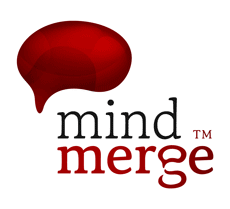Managing Multi tasks & Priority
About This Course
Modern tehcnology complicates the situation for many workers since they are expected to handle simultaneous demands through email, text messages, phone calls, and in-person contact with constituents. With all our obligations, and devices to help you try to meet them, multitasking feels like a way of life, even thought the science doesn’t fully endorse it as the best way to get things done. what science does show us, however, is how to use our time, energy and devices to get a lot done without ‘technically’ multitasking. This wokshop gives the participants the tools required to effectively multi-task & prioritize.
1. Introduction and course overview: Participants will get to know what they will be learning in this workshop. Students will also have an opportunity to identify their personal learning objectives.
2.Negotiating the learning contract: To introduce participants to the concepts of negotiation. to agree the learning outcome and ground rules for the training program.
3. What is negotiation?: To begin, participants will explore the different types of negotiation (including positional bargaining) and the phases of negotiation.
4. The Successful Negotiator: In this session, participants will explore key attributes of a successful negotiator.
5. Preparing for Negotiation: During this session, participants will learn the elements of preparing for negotiation. identifying your fears and hot buttons. doing research into your issues and the opponent’s issues; and preparing you WAP, BATNA, WATNA & ZOPA.
6. The Nuts & Bolts: This session will give participants some tips on preparing their documentation and choosing a place for the negotiation.
7. Making the right impression: Next, Participants will learn the importance of self-presentation during the negotiation, including small talk, attire, first impressions, and their handshake.
8. Getting off A Good Start
9. A Four-Phase model for the Negotiating Process: To provide participants with a four-phase model to apply to the negotiation process.
10. Negotiating a Range of Variables: To devise a negotiating process and skills framework for the participants to use in future negotiations
11. Getting past No and Getting to Yes.
12. Dealing with negative emotions.
13. Moving from Bargaining to Closing
14. Moving to agreement.
15. Agreeing what’s been agreed.
16. Learn the influencing strategies.
Learning Objectives
Requirements
- No prerequisite required
Target Audience
- Sales professionals
- Managers
- Sales supervisors






